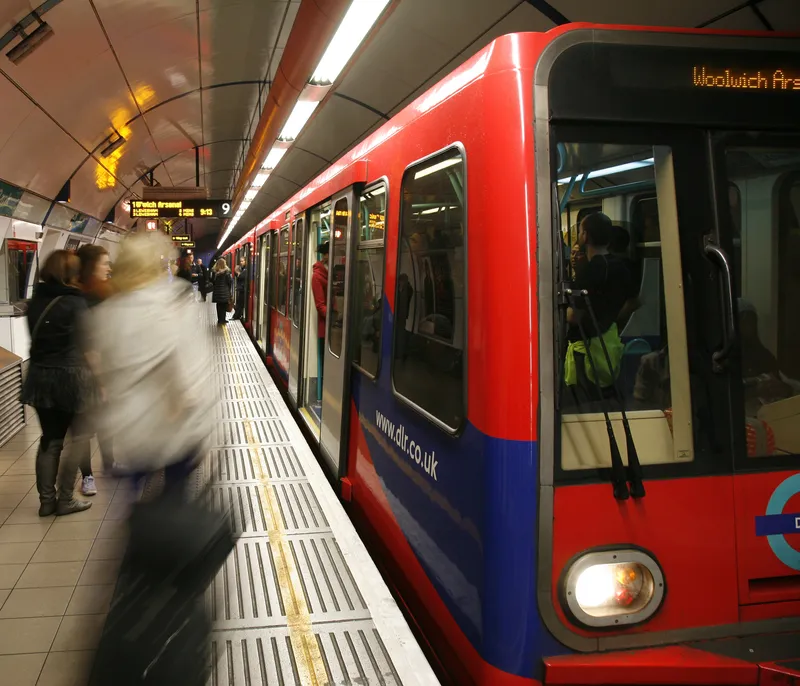Irish Rail is set to proceed with the US$2.8 billion underground second DART rail line through the heart of Dublin city centre, following a recent High Court decision which gave the green light for the project.
The line, which would run from Docklands to Inchicore, would complete the trebling of the Greater Dublin area's rail service capacity from 33 million passenger journeys annually now to 100 million passenger journeys upon completion.
May 7, 2014
Read time: 2 mins
RSS7757 Irish Rail is set to proceed with the US$2.8 billion underground second DART rail line through the heart of Dublin city centre, following a recent High Court decision which gave the green light for the project.
The line, which would run from Docklands to Inchicore, would complete the trebling of the Greater Dublin area's rail service capacity from 33 million passenger journeys annually now to 100 million passenger journeys upon completion.
DART underground will be the single most important piece of infrastructure in the state, to promote a modal shift from private cars to public transport and free future generations from the gridlock which cripples the Greater Dublin area. It also links all rail modes - DART, commuter, intercity and the city’s light rail tram system, Luas, to form an integrated cohesive transport network.
Irish Rail has begun issuing letters to 5,000 home and business owners in Dublin city centre about acquiring land under compulsory purchase orders for the project, but the Department of Transport is reviewing the project in advance of the next capital plan in 2015, although a spokesman said that it ‘remains a key integration project’.
The line, which would run from Docklands to Inchicore, would complete the trebling of the Greater Dublin area's rail service capacity from 33 million passenger journeys annually now to 100 million passenger journeys upon completion.
DART underground will be the single most important piece of infrastructure in the state, to promote a modal shift from private cars to public transport and free future generations from the gridlock which cripples the Greater Dublin area. It also links all rail modes - DART, commuter, intercity and the city’s light rail tram system, Luas, to form an integrated cohesive transport network.
Irish Rail has begun issuing letters to 5,000 home and business owners in Dublin city centre about acquiring land under compulsory purchase orders for the project, but the Department of Transport is reviewing the project in advance of the next capital plan in 2015, although a spokesman said that it ‘remains a key integration project’.








